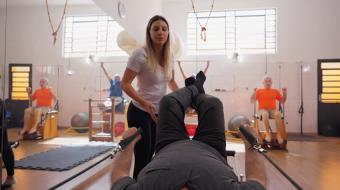Videos by University Urology Associates
Related Treatment Videos
Canada Food Guide ( 1 engaged.)
Please email or save the PDF for discussion with your Healthcare provider at your next visit.
Our Clinic
University Urology Associates (UUA) was founded in 2007 to provide Canadian patients with enhanced care and state-of-the-art medical technology. We are the leading Toronto-based urology clinic affiliated with the University Health Network, Canada’s largest healthcare and medical research organization.
Our UroLift specialists, Drs. Dean Elterman and Jack Barkin, were the key participants in the Urolift clinical trials. UroLift was approved by the FDA in 2013 and our clinic was the first in Canada to offer this new treatment to men seeking a minimally-invasive treatment for enlarged prostate.
When you become a patient at UUA, you benefit from our broad expertise in men’s health issues, including the enlarged prostate and sexual dysfunction.
All consultations are confidential.
The proven, minimally-invasive treatment for enlarged prostate that fills the gap between prescription medications and radical surgical proceures.
How does it work?
An enlarged prostate can narrow or even block the urethra. The narrowing of the urethra leads to urinary retention and causes many of the problems associated with BPH.












Latest Health Talk Comment
Dr. Dean Elterman
, Urologist, at University Urology Associates in Toronto, ON commented on: Sexual preservation for BPH prostate surgery – Important for men of all ages.